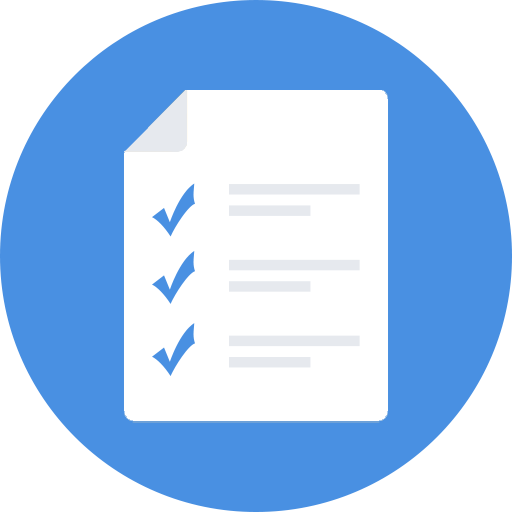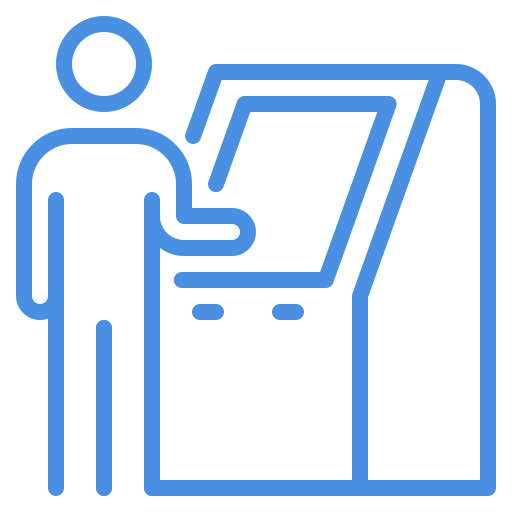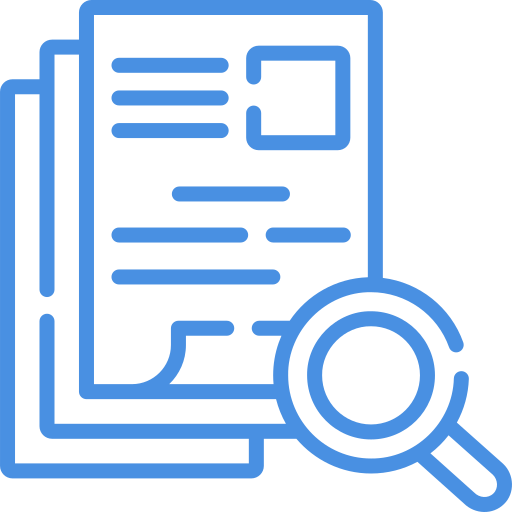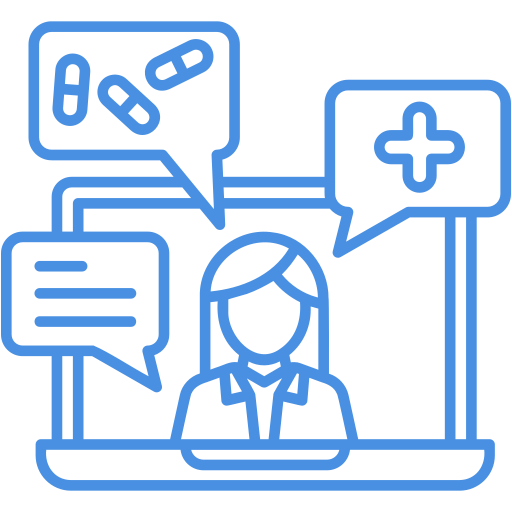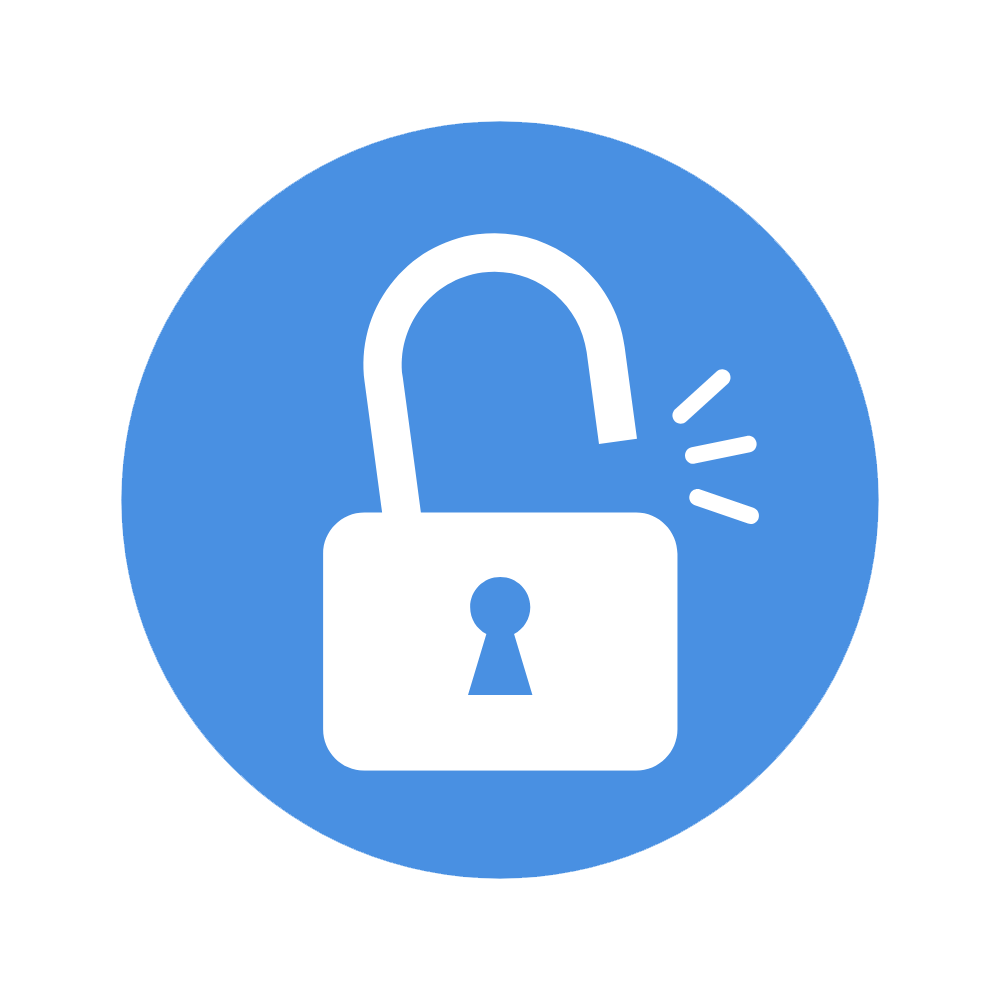
Mastering common Electronic Medical Records abbreviations is essential for efficiency in any physical, occupational, or speech therapy clinic. We juggle patient care, administrative tasks, and the constant need for clear communication. EMR systems have become indispensable tools, helping to organize patient data, track progress, and facilitate billing.
A key component of efficient documentation within these systems is the use of abbreviations. Mastering common electronic medical records abbreviations can significantly streamline the charting process. However, this shorthand comes with inherent risks. Misinterpretation of EMR abbreviations can lead to errors in care, compromising your therapy documentation and patient safety.
This guide aims to equip rehabilitation therapists and administrators with a better understanding of frequently used abbreviations, categorizing common examples and suggesting best practices to ensure clarity and accuracy.
Why This EMR Abbreviations Matter in Therapy Documentation
Why have abbreviations become so ingrained in medical documentation?
-
-
Speed and Efficiency: Abbreviations allow therapists to record information quickly, reducing time spent on documentation and increasing time for patient care.
-
Brevity and Space: Concise notes are often easier to read. Abbreviations help condense complex information.
-
Standardization (When Used Correctly): A standardized list can create a common language for your team.
-
Data Structuring: Some EMRs can recognize specific abbreviations, aiding in data analysis and reporting.
-
Common shorthand terms List for Therapists
Abbreviations in patient charts can be grouped into several categories. These shorthand terms list covers examples relevant to rehabilitation professionals:
1. General Medical Terms
-
-
Dx: Diagnosis
-
Sx: Symptoms
-
Rx: Prescription or Treatment
-
Pt: Patient
-
c/o: Complains of
-
DOB: Date of Birth
-
PRN: Pro Re Nata (as needed)
-
2. Rehabilitation Therapy Specific Abbreviations
This section includes common physical therapy abbreviations and occupational therapy abbreviations.
-
-
ROM: Range of Motion (AROM, PROM, AAROM)
-
MMT: Manual Muscle Test
-
WFL/WNL: Within Functional/Normal Limits
-
ADLs/IADLs: Activities of/Instrumental Activities of Daily Living
-
HEP: Home Exercise Program
-
CGA/SBA: Contact Guard/Stand By Assist
-
Min A / Mod A / Max A: Minimal/Moderate/Maximal Assist
-
POC: Plan of Care
-
STG/LTG: Short-Term/Long-Term Goal
-
WBAT/NWB: Weight Bearing As Tolerated / Non-Weight Bearing
-
3. Billing and Administrative Abbreviations
Navigating the Risks of Clinical Shorthand
Despite their utility, abbreviations present significant risks:
-
-
Misinterpretation: The most critical danger. “MS” could mean Multiple Sclerosis or Mental Status. Ambiguity leads to errors.
-
Documentation Errors: Using non-standard abbreviations renders the record unclear, impacting continuity of care.
-
Communication Breakdowns: Lack of clarity hinders communication between therapists, physicians, and staff.
-
Legal and Compliance Risks: Ambiguous records are a liability during audits or legal reviews.
-
Best Practices: How to Improve Therapy Documentation
If you’re wondering how to improve therapy documentation, the answer lies in harnessing the efficiency of abbreviations while mitigating the risks. Clinics should adopt these clear guidelines:
-
-
Develop a Standardized List: Create an official list of approved abbreviations for your clinic. Prohibit the use of abbreviations not on this list.
-
Prioritize Clarity Over Brevity: If an abbreviation could be misinterpreted, spell it out.
-
Context is Key: Ensure the context clearly supports the intended meaning.
-
Regular Training: Train all staff on the approved abbreviations list.
-
Utilize EMR Features: Explore EMR features like auto-expansion or built-in glossaries.
-
Streamline Charting with the Right EMR System
Managing the complexities of therapy documentation, including the correct use of electronic medical records abbreviations, is far easier with the right EMR systems. Systems tailored to PT, OT, and SLP workflows often include templates that promote clarity.
HelloNote, for example, is an EMR platform built with the unique requirements of therapy practices in mind. Its intuitive design can help standardize documentation across your clinic. By providing clear structures for notes, HelloNote supports therapists in creating comprehensive and unambiguous patient records.
A Final Word on Documentation Clarity
Electronic medical records abbreviations are a double-edged sword. Used correctly, they enhance efficiency. Misused, they compromise patient safety. By fostering a culture of clarity, implementing a standardized list, providing training, and leveraging supportive EMR tools like HelloNote, therapy practices can ensure patient records are accurate, clear, and support excellent care.

